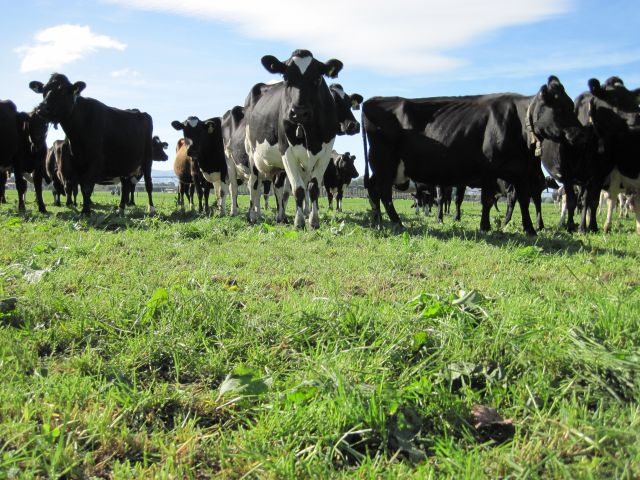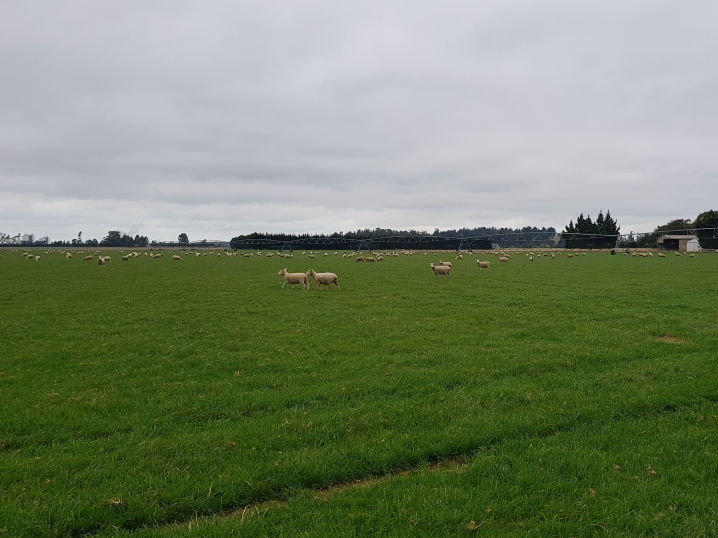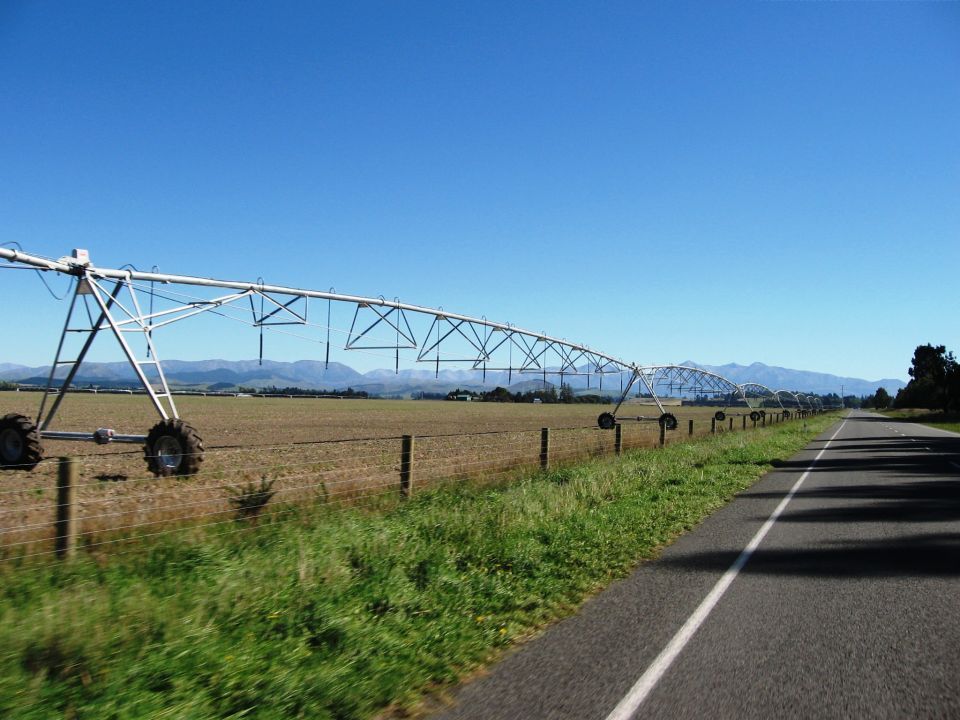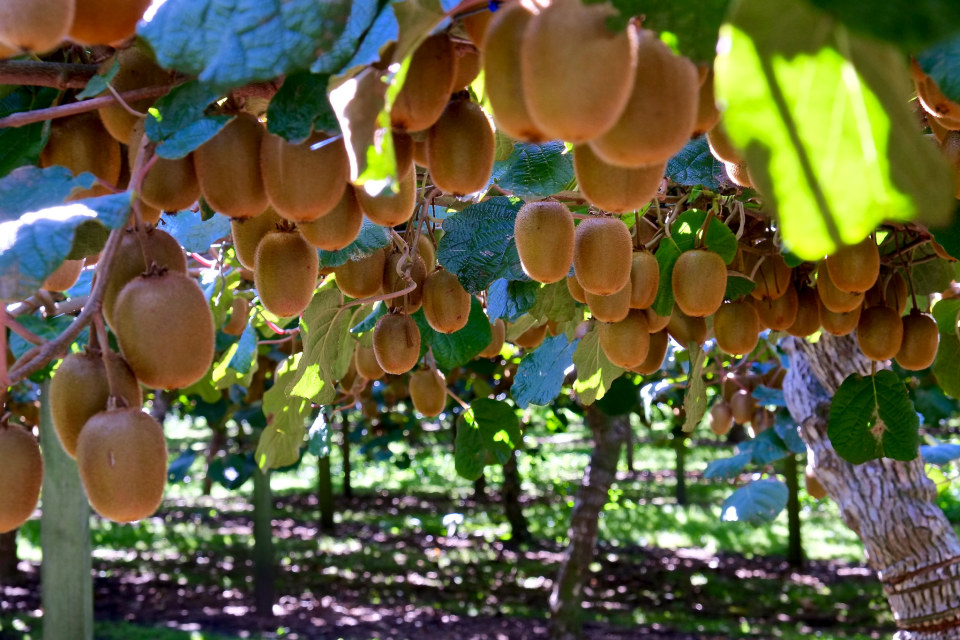Primary industries in New Zealand include:
- Agriculture
- Forestry
- Horticulture
- Seafood.
People rely on primary industries. A lot of people work in these industries. Primary industries have to deal with some of the world's biggest problems, such as:
- biosecurity risks
- animal welfare
- food safety
- the effects of climate change.
People working in primary industries help feed, shelter, and clothe the world.
Primary Industries have always been important to New Zealand. They earn over $36 billion a year in exports.
Agriculture
Agriculture does well in New Zealand because animals can mainly eat grass. New Zealand farmers are also very skilled. They use technology and science to help produce more from less.
Forestry
Most forestry blocks are privately-owned exotic forests. Pine is the main form of forestry in New Zealand.
By law, most of New Zealand’s native forests cannot be cut down.
Horticulture
The main New Zealand fruits sold overseas are:
- kiwifruit
- grapes
- apples
- pears
- avocados.
New Zealand also makes over 19,000 tonnes of honey.
Seafood
Fishing has become a major export industry. Fisheries are managed by a system which sets limits on catching fish. There are limits on the number of fish that can be caught. Sometimes there are also limits on the size of fish that can be taken. As well as fish there are also exports of squid, lobster and farmed mussels.
Ministry for Primary Industries
The Ministry for Primary Industries manages primary industries. They set rules and manage: 
- Biosecurity
- Animal welfare
- Food safety.
Ready for a quiz? Try the "New Zealand Primary Industries" interactive activity.








